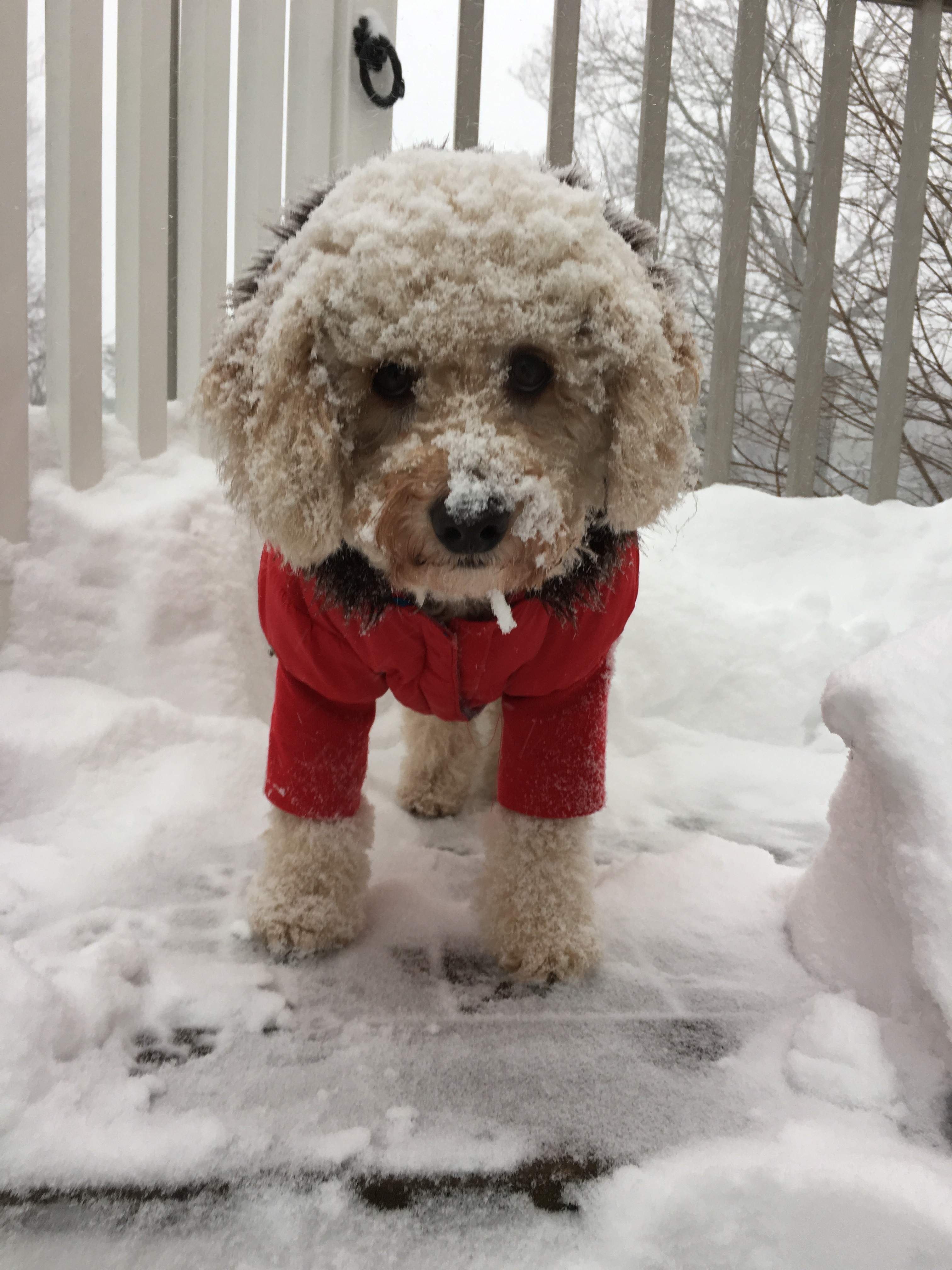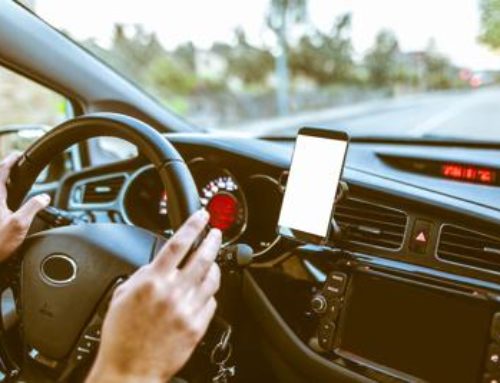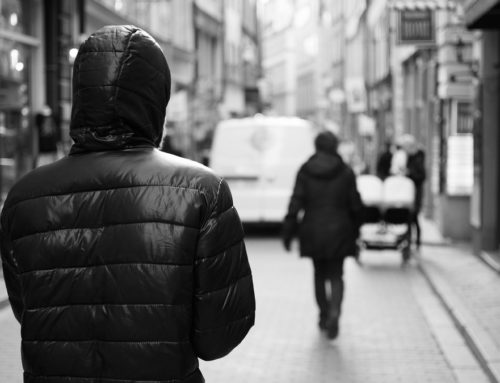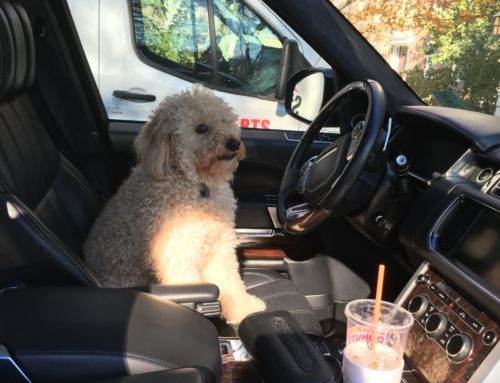There’s nothing quite like the beauty of a white blanket of shimmering snow. Winter in the Northeast is one of the most breathtaking seasons of the year, and it is also one of the best times to be outdoors. The silver lining to the shorter, colder days of winter is the snow and the sports activities that are typically reserved for this time of year. Winter activities provide fun, excitement, fresh air and fantastic exercise. This includes skiing and snowboarding, which are super popular for many reasons
January is National Safety Month at ski areas across the United States, sponsored by the National Ski Areas Association (NSAA). In 2017/18, there were 9.2 million active skiers and snowboarders in the United States. This makes it the perfect time of year to review safety on the slopes.
The good news is that according to figures from 2016, your chances of being killed in a skiing accident are about one in a million. According to the National Ski Areas Association (NSAA): During the past 10 years, about 41.5 people have died skiing/snowboarding per year on average. During the 2011/12 season, 54 fatalities occurred out of the 51.0 million skier/snowboarder days reported for the season. But, the chances of your being injured on the slopes, however, are much larger.
Here are some figures on ski injuries compiled by Unofficial Networks:
- Researchers estimate that about 600,000 people nationally are injured each year as a result of skiing and snowboarding.
- Last season, 54 skiers and snowboarders died at ski areas within the U.S., which saw a total of 51 million ski visits, according to the National Ski Areas Association.
- The majority of deaths happened on groomed, intermediate runs, while 31 percent were on expert slopes.
- The typical skier death in CO is a 37-year-old experienced male skier wearing a helmet who loses control on an intermediate, groomed run and hits a tree.
- The increase in the number of people who wear helmets hasn’t resulted in fewer fatalities. Helmets are designed to protect riders at about 12 mph, while a skier or snowboarder who collides with a tree or another rider is typically going 25 to 40 mph.
If you’ve been injured in an accident or have any questions about safety, contact Schulze Law. We want you safe on the ski slopes!
Over 50 years ago, NSAA developed the Responsibility Code, a basic set of 7 key points for skiing safety. It focuses on personal responsibility for snowsports participants. NSAA believes education, helmet use, respect and common sense are very important when cruising down the mountain. NSAA developed the Your Responsibility Code to help skiers and boarders be aware that there are elements of risk in snowsports that can be minimized. NSAA says to always show courtesy to others and be aware that there are elements of risk in skiing that common sense and personal awareness can help reduce. Observe the code listed below and share with other skiers the responsibility for a great skiing experience.
Seven Points to Your Responsibility Code
- Always stay in control, and be able to stop or avoid other people or objects.
- People ahead of you have the right of way. It is your responsibility to avoid them.
- You must not stop where you obstruct a trail, or are not visible from above.
- Whenever starting downhill or merging into a trail, look uphill and yield to others.
- Always use devices to help prevent runaway equipment.
- Observe all posted signs and warnings. Keep off closed trails and out of closed areas.
- Prior to using any lift, you must have the knowledge and ability to load, ride and unload safely.
- Safety on the mountain goes beyond the basics of the Responsibility Code.
There are many things to keep in mind regarding safety while skiing and snowboarding as there are types of snow.
According to NSAA, here are more ways to be safe on the slopes this winter:
Tips to Keep in Mind Prior to Hitting the Slopes
- Get in shape. Don’t try to ski yourself into shape. You’ll enjoy skiing more if you’re physically fit and prepared.
- Use proper equipment. Be sure to have your ski or snowboard bindings adjusted correctly. You can also rent good ski or snowboarding equipment.
- When buying skiwear, look for fabric that is water and wind-resistant. Look for wind flaps to shield zippers, snug cuffs at wrists and ankles, collars that can be snuggled up to the chin and drawstrings that can be adjusted for comfort and keep wind out. Be sure to buy quality clothing and products.
- Dress in layers. Layering allows you to accommodate your body’s constantly changing temperature.
- Be prepared. Mother Nature has a mind of her own.
- Wear sun protection. The sun reflects off the snow and is stronger than you think, even on cloudy days.
- Always wear eye protection. Have sunglasses and goggles with you. Skiing and snowboarding are a lot more fun when you can see.
Tips to Keep in Mind While on the Slopes
- Take a lesson. Like anything, you’ll improve the most when you receive some guidance. The best way to become a good skier or snowboarder is to take a lesson from a qualified instructor.
- The key to successful skiing/snowboarding is control. To have it, you must be aware of your technique, the terrain and the skiers/snowboarders around you. Be aware of the snow conditions and how they can change. As conditions turn firm, the skiing gets hard and fast. Begin a run slowly.
- Skiing and snowboarding require a mental and physical presence.
- If you find yourself on a slope that exceeds your ability level, always leave your skis/snowboard on and side step down the slope.
- The all-important warm-up run prepares you mentally and physically for the day ahead.
- Drink plenty of water. Be careful not to become dehydrated.
- Curb alcohol consumption. Skiing and snowboarding do not mix well with alcohol or drugs.
- Know your limits. Learn to ski and snowboard smoothly-and in control. Stop before you become fatigued and, most of all have fun.
- If you’re tired, stop skiing. In this day and age of multi-passenger gondolas and high-speed chairlifts, you can get a lot more time on the slopes compared to the days of the past when guests were limited to fixed grip chairlifts.
- Follow the “Your Responsibility Code,” the seven safety rules of the slopes listed above.
KNOW THE CODE. IT’S YOUR RESPONSIBILITY.
According to the National Ski Areas Association, while “less dangerous than other high-energy participation sports,” excess speed, loss of control and collisions with stationary objects, like a tree or lift tower, are the most common factors associated with fatalities and injuries.
Helmets
Helmets are much more common these days than in years past. Helmets reduce head injuries between 30% and 50%. It’s not a fad – helmets are here to stay. Pick up or rent helmet to stay safe and warm. However, even though helmet use has increased over the years, traumatic brain injuries still can occur with helmet use. Severe injury and death is prevented by avoiding risk-taking behaviors.
Following these basic safety tips will go a long way toward ensuring that next powder run isn’t your last. We hope you enjoy the winter and ski season safely!
https://www.nsaa.org/
https://www.nsc.org/
https://unofficialnetworks.com/
https://www.statista.com/statistics/






